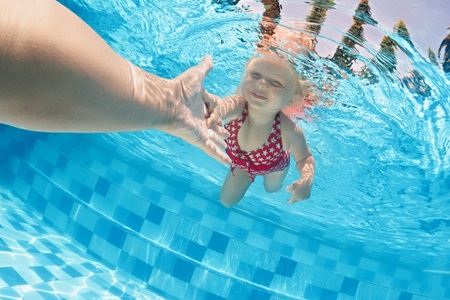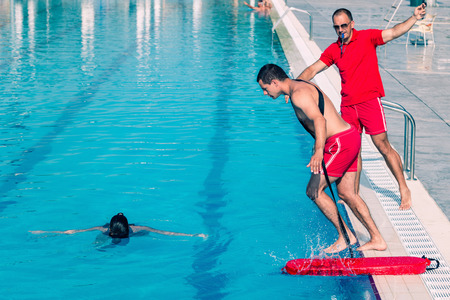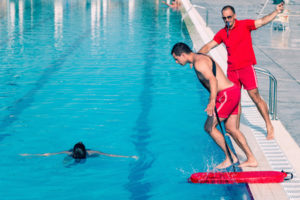

Here are 9 of the major benefits of adding swimming to your exercise plan.
Low Impact Exercise – Swimming is a great aerobic exercise option for those who don’t want to put additional pressure on their skeletal system. Being submerged in water will lower the effect of your body mass. This means that those suffering from stiff joints or arthritis can strengthen their muscles without impacting their joints.
Increased Resistance – When compared to other exercises, swimming is ideal for improving muscle tone and strength. Each time the athlete kicks or strokes, they push against the water resistance.
Flexibility – Instead of isolating muscles, like athletes do with certain machines at the gym, swimming is a full body workout. You are required to stroke through a full range of motion in order to stay afloat. This will increase joint and ligament flexibility.
Calorie Burn – For every ten minutes of intense swimming, you could burn up to 150 calories. That is one way to work up a sweat while staying cool!
Heart Benefits – The aerobic aspect of swimming can improve blood flow and strengthen your heart. It is also a healthy way to lower blood pressure.
Stress Relief – Many swimmers consider the pool a place to release the stress of the day. Swimming increases oxygen flow and regulates breathing, much like meditation.
Beat the Heat – Even in the hottest California temperatures, swimming is a great way to stay cool while exercising.
Improved Sleep – Studies show that those who participate in dynamic exercises, like swimming, have less difficulty falling asleep and experience less sleep related problems, like insomnia.
Social Aspects – Regardless of your age, swimming is a great way to meet new people. Participating in exercise classes, swim lessons, and water play are great ways to interact with other swimmers. Even if you aren’t the one in the lessons, many parents have been known to develop new friendships while sitting poolside.
Explore Premier Aquatics Classes for All Age Groups
Premier Aquatics Services offers more than just swim lessons for children. We understand that a healthy lifestyle is a family affair, and we have classes and swim opportunities for family members of all ages and abilities. Between group lessons, private lessons, the Masters Swim Team, Aqua Zumba, and Frogman Fitness, it’s time to get back in the pool and have fun with your workout once again. Don’t let the end of the summer mark the end of your fun in the water. Enroll in swim classes today!
Sign up for our Newsletter to receive discounts on offseason lessons!




